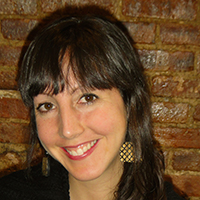
Former Knight Science Journalism Project Fellow Amy Maxmen (’21) pulled off a rare journalistic feat last November: She won the American Society of Tropical Medicine and Hygiene’s Communications Award for her feature story “Inequality’s deadly toll,” just one year after winning the same prize for her on-the-ground coverage of the Ebola outbreak in the Democratic Republic of the Congo. The back-to-back award-winning pieces were both published in Nature, where Maxmen is a senior reporter.
“Inequality’s deadly toll,” which took an unflinching look at the impacts of Covid-19 on agricultural workers in California’s San Joaquin Valley, was lauded for describing “in relatable terms and with personal stories how exploitation, poverty and discrimination drove Covid-19. She furthermore explored why scientists have not truly addressed the social determinants of health, despite studying them for 150 years.”
Maxmen’s award-winning feature on Covid-19 was also cited for excellence by the Council for the Advancement of Science Writing, which awarded her its 2021 Victor Cohn Prize for Excellence in Medical Science Writing alongside STAT reporter Helen Branswell. The piece grew out of the reporting Maxmen did as part of her Knight Science Journalism Project Fellowship and was also supported by the Pulitzer Center.

Andrew Lawler (‘99) has published his third book, “Under Jerusalem: The Buried History of the World’s Most Contested City” (Doubleday), a sweeping story that “takes readers into the tombs, tunnels, and trenches” of the Holy City’s subterranean landscape. The book has garnered widespread critical praise, including in the Wall Street Journal and the Washington Post. “Richly detailed, sensitively argued, and entertainingly written, this immersive history casts Jerusalem in a new light and reveals the tensions that meet at the intersection of science, politics, religion, and history,” reads a starred review in Publishers Weekly. “This fascinating, evenhanded chronicle is a treasure.”
Lawler’s book tour has included dozens of stops around the country, and later this month he’ll be speaking about the book at the 15th annual Savannah Book Festival in Georgia.
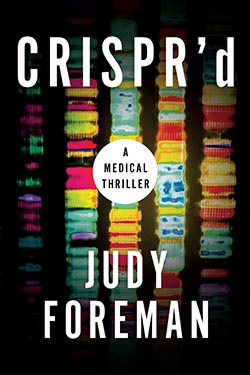
Judy Foreman (’90) has a new medical thriller, “CRISPR’d” on bookshelves this month. The former Boston Globe writer’s debut novel, published by Skyhorse Publishing and distributed by Simon & Schuster, takes readers on a “wild, all-too-plausible-ride into the future,” following a fictional Boston geneticist who has used gene editing technology for nefarious ends.
“Set in this uneasy time of genetic engineering with CRISPR technology,” reads the book’s summary blurb, “Foreman, spins a compelling tale of love, revenge, and murder.”
It is Foreman’s fourth book, and her first work of nonfiction.
In other professional news: Sharon Weinberger (‘09) reports that, after three and a half years, she’ll be stepping down from her post as DC bureau chief for Yahoo News to become the Wall Street Journal’s National Security Editor; After 18 years at Wired — most recently as a senior correspondent covering science, technology, and culture — Adam Rogers (’03) reports that he’ll be leaving the magazine to become senior tech correspondent at Insider; and Dan Charles (‘90) announced that he’ll be leaving his post as NPR’s food and agriculture correspondent this month to return to freelancing, where he says he’ll continue to write about climate, food, and land.
Finally, KSJ is saddened to share the news that Pete Spotts (’00), acclaimed science writer for The Christian Science Monitor in Boston, died in November at age 70. He joined the Monitor in 1976 and in more than four decades there, he illuminated science stories with grace, style, and intelligence, ranging from gravitational waves to California drought issues to the slow building crisis of climate change. In person, he was warm, funny, and kind — at meetings of the American Association for the Advance of Science, he was often found in the center of a large group of journalists, making sure that all felt welcome.
“Pete was such a bright light in science journalism,” said KSJ Director Deborah Blum. “He will be missed.”
Here’s what other alumni are writing, a compendium from Federico Kukso (‘16):
Ángela Posada-Swafford (‘01): “The first crewed dive to the Atacama Trench,” El Comercio (in Spanish).
Maryn McKenna (‘14): “Bird Flu Is Back in the US. No One Knows What Comes Next.” Wired.
Federico Kukso (‘16): “How journalists can avoid ‘the hype’ when covering COVID-19 developments in Latin America,” the Knight Center.
Betsy Mason (‘16): “Spiders are much smarter than you think,” Knowable Magazine.
Valeria Román (‘05): “Scientists discover the origins of mummies of San Juan from human DNA in lice,” Infobae (in Spanish).
Jeff Tollefson (‘05) and Ehsan Masood (‘18): “‘COP26 Hasn’t Solved the Problem’: Scientists React to U.N. Climate Deal,” Nature.
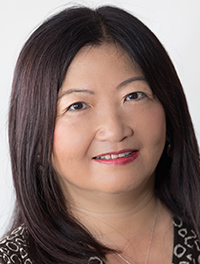
Daniela Hirschfeld (‘11): “Increased frequency and intensity of El Niño impacts Río de la Plata,” SciDev.Net (in Spanish).
Herton Escobar (‘07): “Brazil’s science budget is rebounding. So why aren’t scientists celebrating?” Science.
Teresa Firmino (‘09): “Interview with Ricardo Conde: ‘The great challenge is that Portugal has the capacity to produce and operate satellites,’” Publico (in Portuguese).
Jane Qiu (‘18): “This scientist now believes covid started in Wuhan’s wet market. Here’s why.” MIT Technology Review.
Sascha Karberg (‘09): “This is what is known about the Omicron subvariants so far,” Der Tagesspiegel. (in German).
Dan Falk (‘12): “A cosmic ray event pinpoints the Vikings’ activity in America,” Wired.
Olga Dobrovidova (‘15) “Setting up a permafrost observatory, and regulating transmissible vaccines,” Science (with Sarah Crespi).
Zack Colman (‘16): “What does 2022 have in store for climate?” Politico (with Matthew Choi).
Teresa Carr (‘18). “How Better Airline Technology Could Minimize Flight Disruptions,” Undark.
Matt Kaplan (‘15) “SARS-CoV-2 could be lurking in animal hidey-holes,” The Economist.
Vivien Marx (‘98) “The CRISPR Children,” Nature Biotechnology.
Molly Segal (’20): “Protecting cattle from wolves without killing,” Quirks and Quarks (podcast).
Duy Linh Tu (’21): “Louisiana’s $2-Billion Gamble: Flood the Land to Save the Coast,” Scientific American (with Julian Lim).

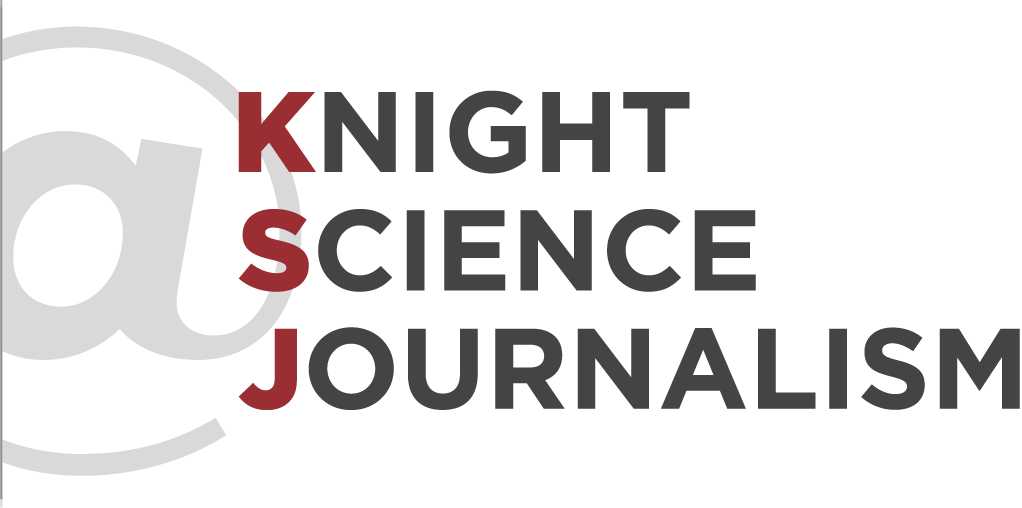
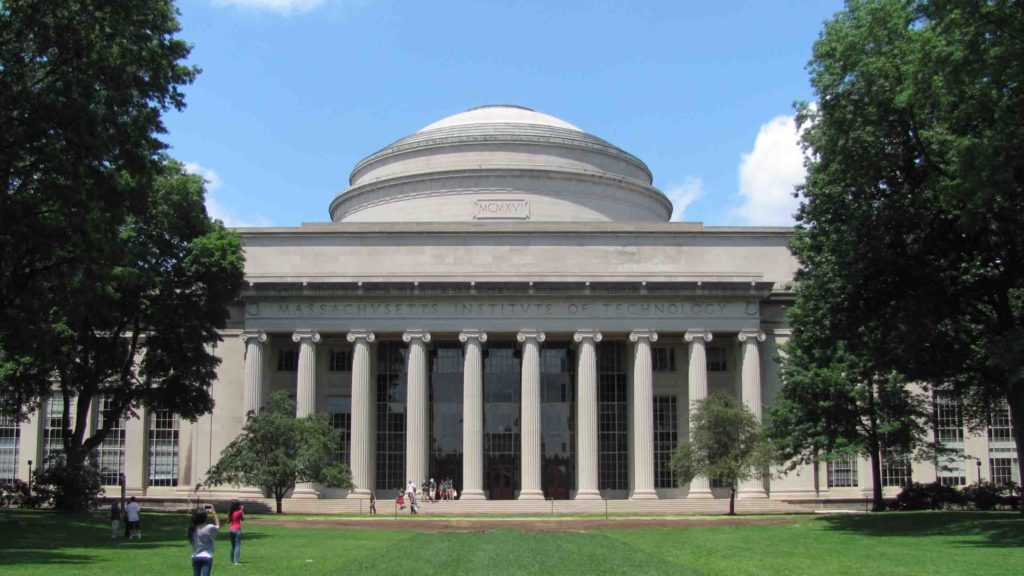
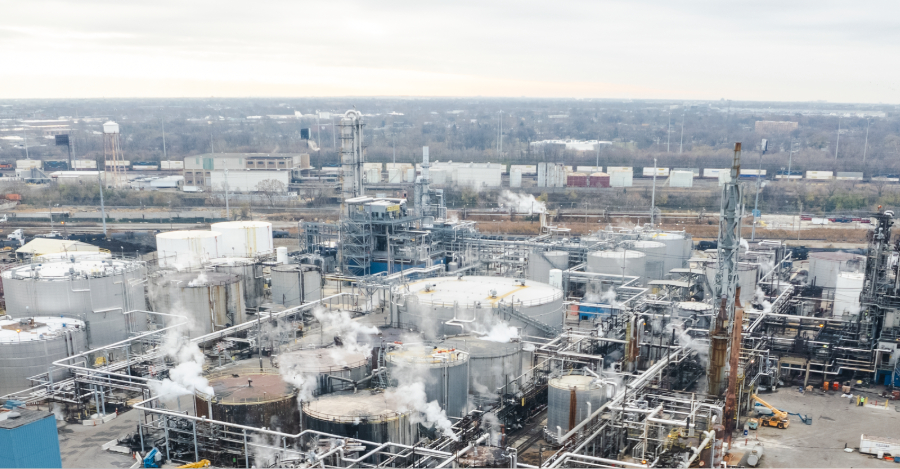
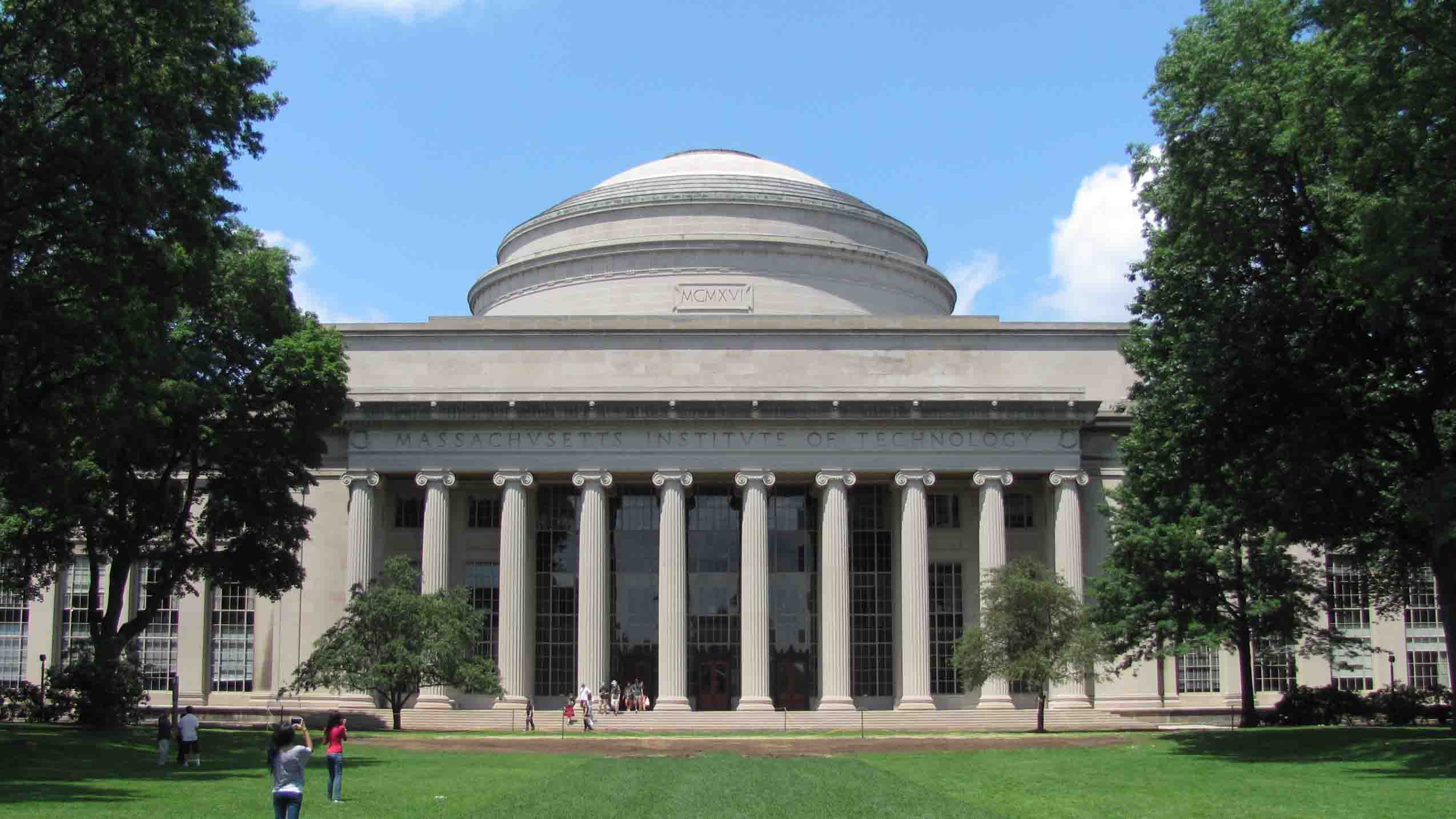
Leave a Reply